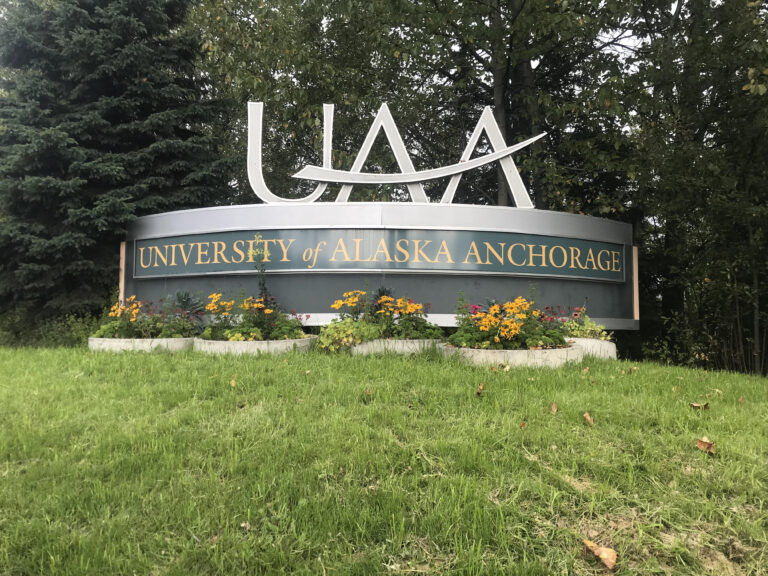By BRENDA JOSEPHSON
The Alaska Legislative Council voted 9-2 on September 10th to allocate up to $100,000 to fund a lawsuit challenging Governor Mike Dunleavy’s executive order to establish Department of Agriculture.
Rep. Chuck Kopp (R-Anchorage) and Rep. Mike Prax (R-North Pole) were the only members of the council to oppose the lawsuit, with Prax arguing that the legal basis for it is weak and advocating dialogue with the governor instead of pursuing litigation.
The controversy began on December 20, 2024, when Dunleavy announced executive order 136 to elevate the Division of Agriculture—currently within the Department of Natural Resources—into a cabinet-level agency to bolster Alaska’s food security. The order, would have moved current staff and budgets to the new agency starting July 1, 2025.
In March 2025, lawmakers voted 32-28 to reject the order, citing concerns over costs and a lack of legislative input.
Dunleavy reintroduced the order during an August 2025 special session, prompting objections from legislative leaders. In a letter dated August 29, 2025, Senate President Gary Stevens and House Speaker Bryce Edgmon argued that it was a violation of constitutional rules to resubmit a rejected order, especially in a special session focused on education funding.
The governor’s office has not directly addressed the letter, stating only on September 10, “The governor’s position remains unchanged.”
The council’s vote authorizes hiring legal counsel, with Stoel Rives, a firm with an Anchorage office, as the likely choice, pending contract approval. The lawsuit aims to clarify whether Dunleavy can implement the order by treating legislative inaction as approval.
Rep. Prax, one of the dissenters, opposed the lawsuit based on his interpretation of Alaska’s Constitution: A Citizen’s Guide, which he shared with council members in a memo. Citing Article III, Section 23, Prax emphasized the provision’s “plain language,” which states that the legislature has 60 days during a regular session or the entirety of a shorter special session to disapprove an executive order.
Prax contended that the lawsuit’s premise—that reintroducing a rejected executive order in a special session is unconstitutional—is on “shaky ground.” His argument is that the constitution addresses special sessions differently, permitting disapproval only within the 30-day duration and scope of that session.
The August special session focused on education, which leads Prax to believe that the governor’s reintroduction does not violate the constitution; it does not explicitly prohibit resubmission across different types of sessions. The guide shows that this rule, based on the federal Reorganization Act of 1932, generally benefits the governor by making it easier to reorganize without needing a complete legislative bill.
When reached for comment, Rep. Prax emphasized a collaborative approach, stating, “It would be much better if we worked this issue out by talking to the governor and not in a court suit.” He expressed concern that litigation escalates tensions unnecessarily when negotiations could resolve the dispute, aligning with his view that the constitutional ambiguity might not favor the legislature’s case.
Rep. Kopp, the other dissenter, argued that the administration appeared to have paused its push for the department outside legislative channels, suggesting the lawsuit could be premature.
Alaska, one of only two states without a dedicated agriculture department, has two stalled legislative bills to create one through standard processes.
Brenda Josephson is a board member of Alaska Gold Communications, Inc., the publisher of Must Read Alaska. You can contact her via email at [email protected].









